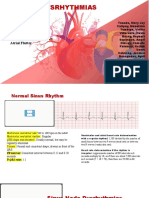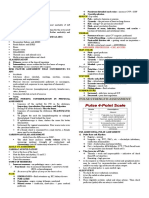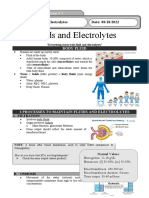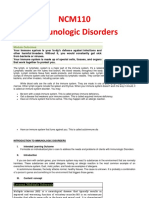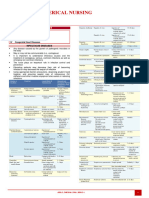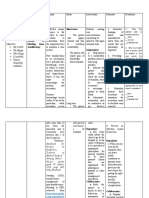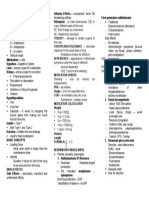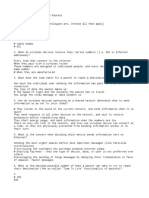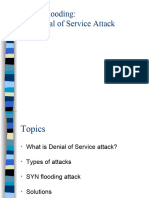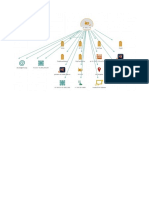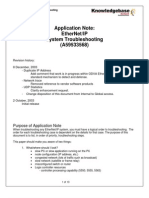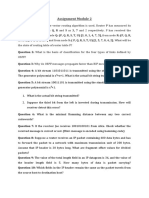By .
Ashwini patil
protocol Importance of protocol. Examples of protocols protocol layering types of protocols advantages applications conclusion
Protocol is defined as a communication rules provide how devices intercommunicate in a network environment. Protocols are used within a communication system to establish, carry out, and terminate communication circuits.
Responsible for ensuring that the information bits or data packets are sent or received in a proper sequence.
� Sending
a letter via the postal service
Shayne Evans 5501 Sennott Sq. Pittsburgh, PA. 15260 Kim Morrison 123 Somewhere St. Someplace, PA. 15555
� Sending
a packet via the network
To: From: 192.168.1.1 on port 23 192.168.1.110 on port 6710
Payload: The contents of the message belong here.
�To:
192.168.1.1 on port 23
From: 192.168.1.110 on port 6710
Payload: The contents of the message belong here.
Shayne Evans 5501 Sennott Sq. Pittsburgh, PA. 15260 Contents! Kim Morrison 123 Somewhere St. Someplace, PA. 15555
� The
address of the letter is the destination of the packet The return address of the letter is the source of the packet The content of the envelope is the payload of the packet In both protocols, if you disobey the rules your message will not be received
common protocol that is followed when writing a letter is:
[Date]
Dear [Recipient],
[Body of message goes here] [Closing] [Sender signature] [Sender name]
Internet Protocol (IP) provides a way to deliver packets to a destination
SSH, FTP, HTTP, SMTP
DNS, VoIP
TCP
UDP
Internet Protocol
TCP uses packets to maintain connections across a network, and thus is layered above IP
SSH, FTP, HTTP, SMTP
DNS, VoIP
TCP
UDP
Internet Protocol
UDP just sends or receives raw packets with a best-effort approach, also layered above IP
SSH, FTP, HTTP, SMTP
DNS, VoIP
TCP
UDP
Internet Protocol
SSH, FTP, HTTP, SMTP and many more applications use TCP connections to communicate data back and forth
SSH, FTP, HTTP, SMTP
DNS, VoIP
TCP
UDP
Internet Protocol
DNS, VoIP, and many more applications use UDP packets to communicate data
SSH, FTP, HTTP, SMTP
DNS, VoIP
TCP
UDP
Internet Protocol
Thus we have the following protocol layers:
Reversing Messages Protocol
Letter Writing Protocol
Postal Service Protocol
� Here
are some common protocols found on the Internet and how they are layered:
HTTP, FTP, IMAP, DNS Protocols
Application Layer
TCP and UDP Protocols
Transport Layer
Internet Protocol
Network Layer
[Hardware Stuff]
Data link and Physical Layers
IP (Internet protocol) UDP (User datagram protocol) TCP (Transmission control protocol) DHCP (Dynamic Host Configuration protocol) HTTP (Hyper text Transfer protocol) Telnet (Telnet Remote protocol) SSH (Secure Shell Remote protocol) POP3 (Post Office protocol 3) SMTP (Simple mail Transfer protocol) IMAP (internet message Access protocol) SOAP (Simple object Access protocol) PPP ( Point-to Point protocol) RFB (Remote Frame buffer protocol)
The Internet protocol (IP) is the principal communications protocol used for relaying Packets IP used in gate ways to connect networks at the OSI network level IP specifies the format of packets, also called datagram's It allows the sender to address a package and sent it to the system IPv6 is the next generation IP protocol provides data security and maximum number of user address
It represent the heart of the IP (Internet protocol) TCP establishes connection or virtual circuit for reliable connection TCP that establishes a connection between two host computers so that they can send messages back and forth for a period of time No leakage of data and duplicate of data TCP can send and receive data at the same time, its a two way confirm TCP operates to reliably send data through a packet network
�A protocol stack is a hierarchical structure of information A protocol stack allows software programs and devices to be independently created
�Real Time Transport Protocol is a packet based communication protocol that adds timing and sequence information to each packet RTP protocol is a high-level protocol and each packet of data each of the transmitted packets starts with an IP header that contains the destination address of the packet
��Ethernet GFP (Generic Framing Procedure) OTN (Optical Transport Network )
�ARCnet (Attached Resource Computer Network) ARP (Address Resolution Protocol) RARP (Reverse Address Resolution Protocol) CDP (Cisco Discovery Protocol)
�CLNP (Connectionless Networking Protocol) EGP (Exterior Gateway Protocol) EGRP (Enhanced Interior Gateway Routing Protocol) ICMP (Internet Control Message Protocol) IGMP (Internet Group Management Protocol)
�SST (Structured Stream Transport protocol) TCP (Transmission Control protocol) FCP (Fiber Channel Protocol) SCTP,(Stream Control Transmission Protocol)
�Keeps data stream separate between applications. Used for establishing and terminating NCP (NetWare Core Protocol) NFS (Network File System) SMB (Server Message Block)
�It is consurned with how the data is presented or Data Format NCP (NetWare Core Protocol) NDR (NetWare Data Reprsentation) LPP (Lightweight Presentation Protocol)
�User Interface
DICT
(Dictionary protocol) SMTP (Simple Mail Transport protocol) SNMP (Simple Network Management Protocol) DNS (Domain Name System) FTP (File Transfer Protocol HTTP (Hypertext Transfer Protocol) IMAP (Internet Message Access Protocol) Telnet (Telnet Remote protocol)
� It
identifies the conventions that work on an or file transfer, or
object, such as how to make connections for communication connectivity. However, it is silent about how
to perform the operations, only stating what
they are.
There are 3 protocols: transfer, e-mail and program development


